Atomium.. An atomic symbol in the heart of Europe.. Written by Mustafa Kamal Al-Amir

- Europe and Arabs
- Monday , 23 December 2024 9:46 AM GMT
With my regular visits to Brussels, the capital of the European Union, I visited the Atomium Museum, its most important tourist attraction.
The symbol of Brussels and Belgium with chocolate, the Manneken Pis child and the cartoon character Tin Tin.
The Atomium is a huge model of atomic molecules.
It was built almost 70 years ago on the occasion of the World Trade Fair Expo 1958. The Atomium was renovated as a major national event between 2004 and 2006. It was not planned to remain after Expo 58, which was its main building, but it became a destination for a million visitors annually and became the most popular tourist attraction in the capital of Europe, an art center and an international symbol of Brussels and Belgium. In addition to its heritage value, the Atomium Museum is also a cultural place. More than half of the visit is devoted to exhibitions on digital arts.
The Atomium was planned to reach a height of 134 meters, but for safety reasons, the height was reduced by 24% to a total of 102 meters.
The Atomium was built as the main pavilion and symbol of the 1958 Brussels World's Fair. The belief in scientific progress was high, and a structure depicting atoms was chosen to highlight humanity's advances in science, including nuclear physics, which Belgium itself had been passionately engaged in since Belgian uranium from the Congo colony had become the main source of material used in nuclear fission, including that used in the world's first nuclear weapons.
With the Atomium, Belgium wanted to highlight and promote the post-war ideal of applying atomic research and other advances in technology peacefully to improve life and serve humanity.
The sculpture features nine stainless steel spheres 18 metres (59 ft) in diameter in the Atomium, nine iron atoms magnified 165 billion times.
The Atomium stands 102 metres (335 ft) tall, making it one of the tallest buildings and towers in Belgium.
The steel tubes connecting the spheres are surrounded by stairs, escalators and a lift (in the central vertical tube) to allow access to the six visitable spheres, which contain exhibition halls and other public spaces. The upper sphere includes a restaurant with a panoramic view of Brussels. The building was completely renovated between 2004 and 2006 by the Jacques Delens and Besix companies. The building is located on the Atomium Square opposite the Centenary Palace of the Brussels Exhibition Centre (Brussels Expo). It is served by the Heysel/Heizel metro station on line 6 of the Brussels Metro. This reminds us of the Heysel Stadium disaster that occurred on May 29, 1985, when a wall collapsed under the pressure of fleeing fans at the Heysel Stadium in Brussels, as a result of riots before the start of the 1985 European Champions Cup final between Liverpool FC and Juventus FC. 39 people were killed, 32 Juventus fans with hundreds of injuries to Italian fans. Heysel Stadium is the stadium of the Belgian club Anderlecht, for which the captain of the Egyptian national team, Ahmed Hassan, played and left a good memory in Belgium in terms of his commitment and charitable and humanitarian assistance in building a mosque out of 500 mosques that serve Muslims, the majority of whom are Moroccans, Turks and Africans, who must unify their voice and strength in the heart of the European Union. At a time when only the strong are respected, even with nuclear weapons and the atomic bomb that struck Japan in 1945 before its surrender to America, the only country that used this destructive weapon in the history of the world.



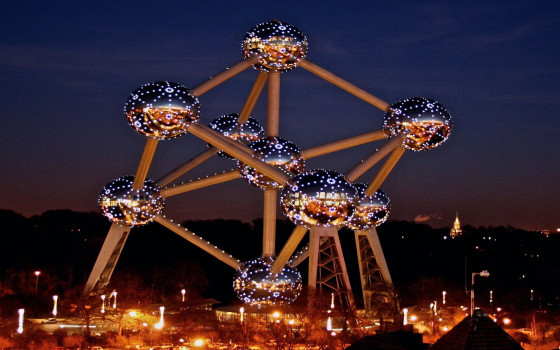
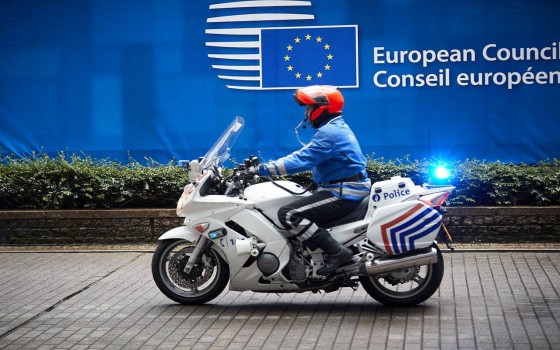

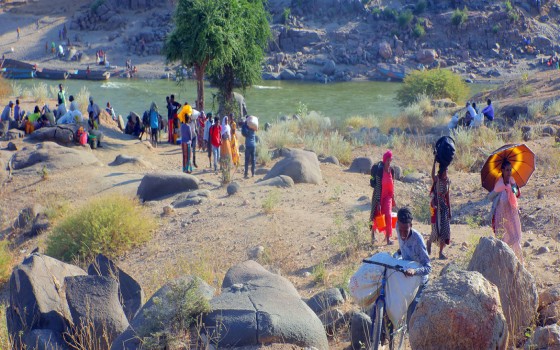

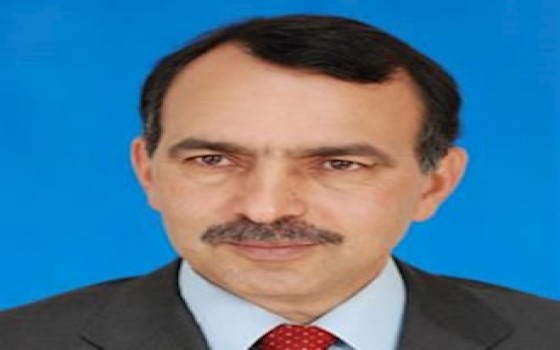
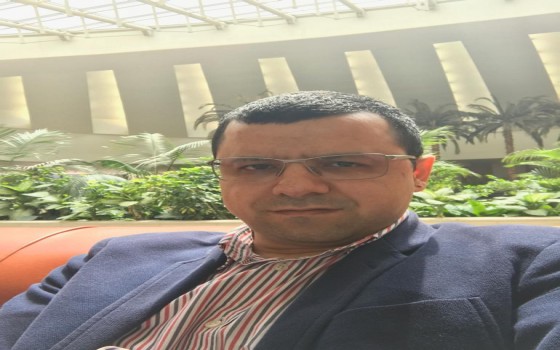
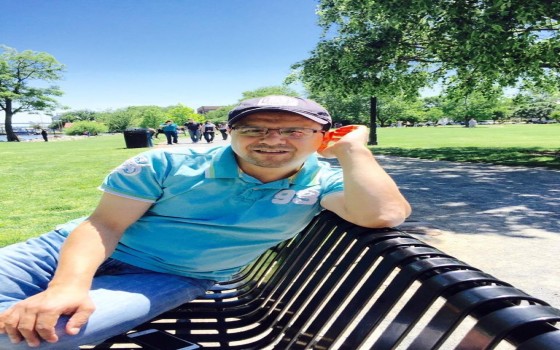

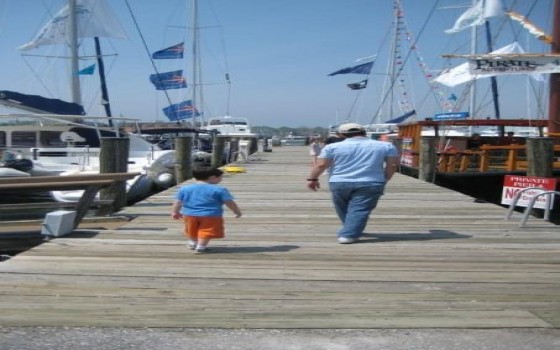
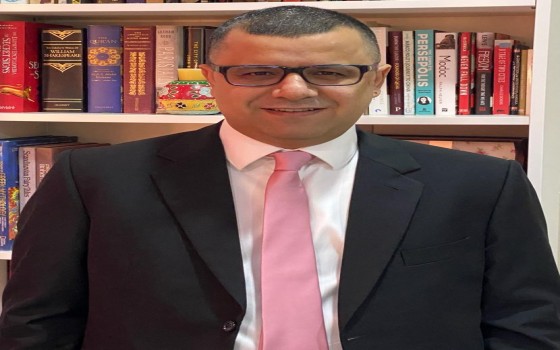
No Comments Found